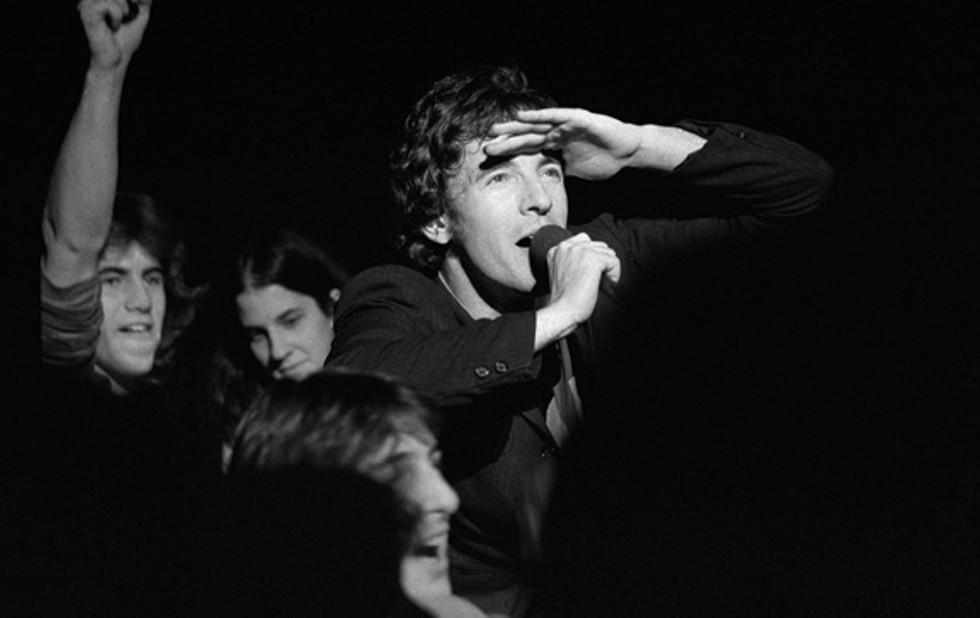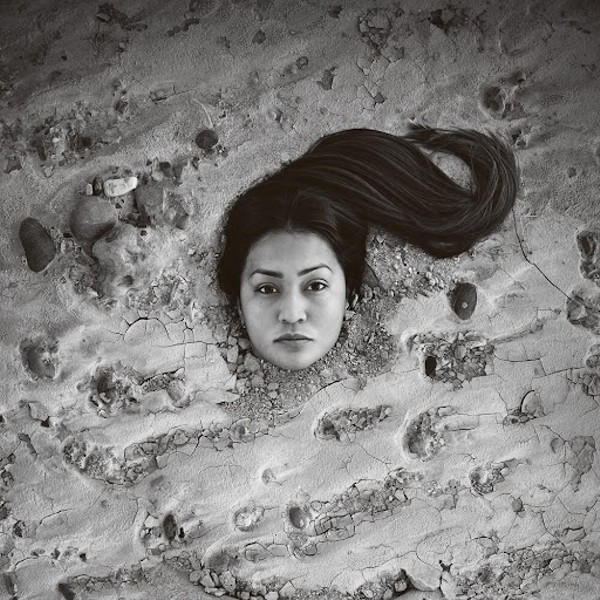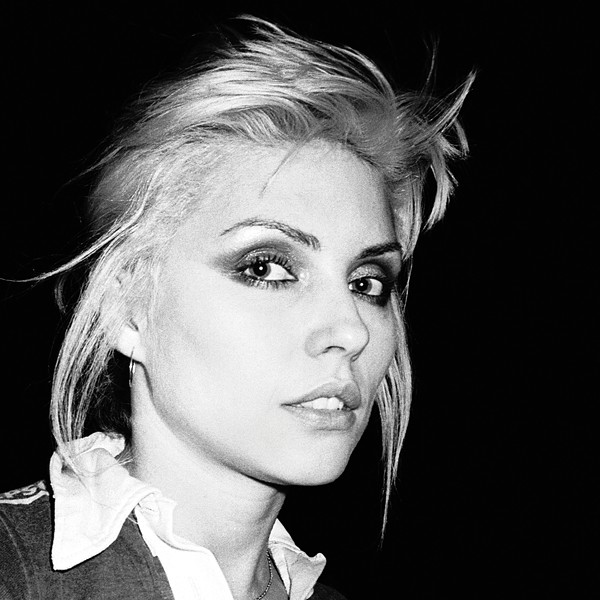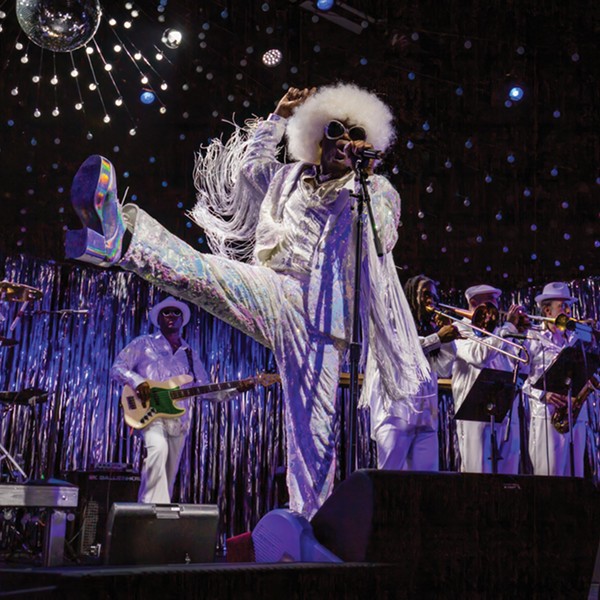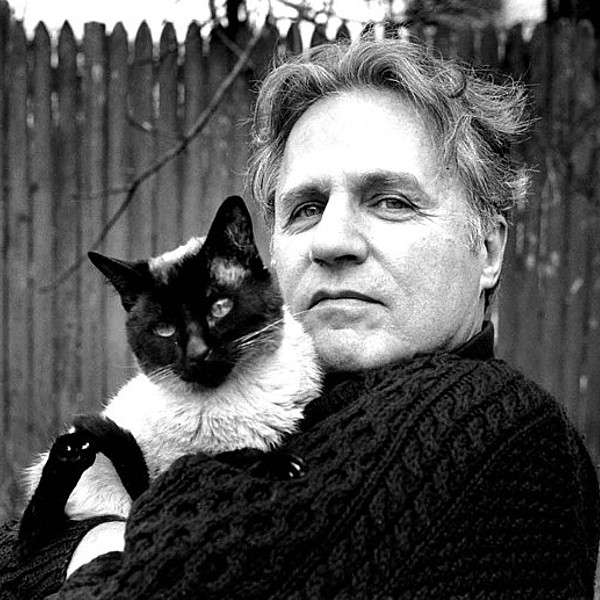Syracuse, NY; September, 1978. I was stumbling home, not because of a six-pack of Genny Cream, but a bracing dose of Asbury Park rock: I had just seen Springsteen's second night at the War Memorial Auditorium.
Back on campus, I shared my epiphany with dorm mate Brian. Bruce had climbed atop a speaker during the encore, ripped open his shirt, then leaped to the stage, wailing, "I'm just a prisoner of rock 'n' roll!" I smugly awaited Brian's awestruck response.
"Oh yeah," Brian said. "He did that last night, too."
Mythmaking in the music business stems as much from polished theatrics as pure talent. Colluding in building Springsteen's legend was veteran rock photographer Patrick Harbron, who was a gun for hire during the Darkness on the Edge of Town tour that year. A Toronto native, Harbron had begun his career shooting bands at El Mocambo, a small downtown club. Using a Minolta SR-T 101, he crouched stageside and snapped the Boomtown Rats, Billy Idol, and King Crimson's Bill Bruford.
Eventually, Harbron got to play court photographer to rock royalty: AC/DC, Elvis Costello, Kiss, Pink Floyd, and the Stones. But when corporate rock began imposing limitations on concert photographer access, Harbron jumped to shooting album covers and corporate advertising. Currently a faculty member of the International Center of Photography, Harbron shoots for TV series, including "The Big C" and HBO's "Boardwalk Empire." Three books of his work have been published.
The lecture "The Photographs of Patrick Harbron" will be held on February 19 at 7pm at Columbia-Greene Community College in Greenport. (518) 828-4181x3342; www.sunycgcc.edu. Portfolio: www.patrickharbron.com.
You have captured some rock icons at their most dewiest. So obviously, you've been at this for some time.
I did it from the mid-'70s to about the mid-'90s. Some of those people were on the way up and in varying stages of their career. It was easier in some respect to do this work when I did it then because there were fewer restrictions; there's quite a number of restrictions now about shooting that kind of material. But it also was the time and it was how interesting and new things were.
Although my work is a mixture of concert coverage and portraits, there is something pretty exciting about photographing somebody live because it's reportage and you can't stop it and say, "I want to do it over again." You have to capture what's going on then and there.
How did you initially come into the world of photography?
Kind of by accident. I played in a band many years ago and [that] began my contacts in the music business. I was a freelance writer for a couple of years, but in the end it's not what I really wanted to do. A friend of mine was a photographer. He'd come back from Guatemala—it was vacation, it was nothing political or historic—and he had a whole bunch of cameras. And I remember him one day just putting them all together and—I don't know; it was just a moment. I said, "That's what I want to do."
So you actually weren't formally trained; you didn't go to college—
I was self-taught. I ended up buying a camera that evening after watching my friend put his thing together. And the next day I was going to a Who concert and I photographed it. The pictures were terrible, of course, because I had no idea what I was doing. [Laughs.] I guess that was the mid-70s, '75. So, by '76, a year later, I decided that's what I wanted to do for a living.
How did your rapport with rock stars develop? Some rock photographers become part of the entourage. Others maintain a certain distance so that they can establish their objectivity.
I was the latter. I mean, there were many groups I became tight with, and they would come to me for work, but in the case of Springsteen, I did a number of tour dates for him for his record company, but I never met him. That was the ultimate distance.
[Rock photography is] now very closely tied to publicity, and photographers now doing that kind of work are an extension of the publicity tool. As soon as I started in the late '70s, the idea of image and what it meant to a group and how they could learn to control it was already starting. And you read about people who were shooting stuff in the `60s and `50s, and you look at that stuff of Elvis Presley, where's he's sitting there eating a plate of beans, sitting around in his underwear. That stuff would never happen today—never.
Among your rock 'n' roll archives, what are your favorite shots?
The early Who stuff: I have a picture of Keith Moon that I love, that was taken about a year before he died. Then there's a Pete Townshend shot that was taken in Buffalo in 1979, the night after the Cincinnati trampling. The Bon Jovi session that I shot for the album Slippery When Wet.







